Crossbanded dwarf rasbora - Danio erythromicron
Scientific name: Danio erythromicron
Common name: Crossbanded dwarf rasbora
Family: Cyprinidae
Usual size in fish tanks: 2 - 3 cm (0.79 - 1.18 inch)
014
Recommended pH range: 6.5 - 7.6
Recommended water hardness: 3 - 13°N (53.57 - 232.14ppm)
0°C 32°F30°C 86°F
Recommended temperature range: 21 - 26 °C (69.8 - 78.8°F)
The way how these fish reproduce: Spawning
Where the species comes from: Southeast Asia
Temperament to its own species: peaceful
Temperament toward other fish species: peaceful
Usual place in the tank: Middle levels
General Information
The Emerald / Crossbanded Dwarf Rasbora (Danio erythromicron) is a tiny, peaceful shoaling cyprinid endemic to the Lake Inle basin (Shan State, Myanmar). In nature it inhabits shallow, vegetated margins and channels among floating vegetation, which translates in aquaria to dense planting, gentle flow and subdued light. Adults reach about 2–3 cm. Note the modern placement in Danio; older sources and some hobby sites still list Microrasbora (and occasionally Celestichthys).
Food & Feeding
An omnivorous micro-predator. Use quality micro-flakes or tiny granules as the staple, then rotate small live and frozen foods: Artemia nauplii, daphnia, cyclops, microworms, finely chopped bloodworms. Feed very small portions 1–2× daily so everything is eaten within minutes (they have tiny mouths).
Sexing
Males are typically slimmer and more intensely colored with brighter orange-red finnage; females are fuller-bodied, especially when gravid. Sexing juveniles is unreliable.
Breeding
Egg-scattering spawner with no parental care. Condition adults well, then use a separate, dimly lit tank with fine-leaved plants or spawning mops. Spawning often occurs at dawn; remove adults post-spawn to prevent egg predation. Eggs hatch in ~24–72 h depending on temperature, and fry are free-swimming a few days later—start with infusoria/micro foods before introducing newly hatched brine shrimp. Many aquarists report frequent, low-key spawning in well-kept planted tanks.
Lifespan
Typically 3–5 years with clean, cool-to-mild temperatures, good oxygenation, and a varied diet—consistent with other miniature danionins.
Tank Requirements & Water Parameters
- Footprint: length and plant density matter more than height; even nano groups benefit from 45–60 cm (18–24″) for stability.
- Water: soft to moderately hard, slightly acidic to neutral.
- Temperature: a cool-subtropical species from a high-plateau lake; aim for 21–26 °C (70–79 °F), with many keepers favoring the lower/middle end for color and longevity.
- Layout: dark substrate, dense planting with floating plants to diffuse light; gentle filtration/flow; high oxygenation.
- Maintenance: small, regular water changes; avoid abrupt parameter swings.
Compatibility & Tank Mates
Very peaceful and shy. Keep in a proper shoal (ideally 8–12 ) for confidence and natural displays. Combine with equally small, calm species (e.g., tiny rasboras/tetras), peaceful shrimp/snails, and avoid boisterous or large fish that outcompete them at feeding.
Behaviour & Usual Place in the Tank
Middle to upper levels: a mid-water shoaler that often cruises just below the surface among plants, dropping lower when startled. Provide open lanes between thickets for group displays.
Short Description
Danio erythromicron is a tiny, Lake Inle endemic well-suited to calm, planted aquaria. Keep cool-mild temperatures, soft-neutral, clean water, dense cover and a varied micro-food diet; expect peaceful schooling behavior and occasional spontaneous spawning.
Q&A
- South Asia or Southeast Asia? Southeast Asia—specifically Myanmar (Lake Inle basin).
- Current name? Valid as Danio erythromicron; older literature uses Microrasbora and some hobby sources list Celestichthys.
- How big & how long? About 2–3 cm; lifespan commonly 3–5 years with good care.
- Breeds in community tanks? Sometimes—adults may scatter eggs among plants, but fry survival is higher in a dedicated setup.
Pictures
Bought by aqua-fish.net from jjphoto.dk.
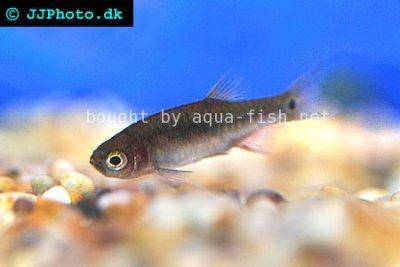



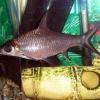 Bala
Bala 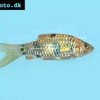 Spotted
Spotted 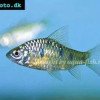 Golden
Golden 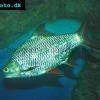 Tinfoil
Tinfoil 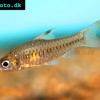 Congo
Congo 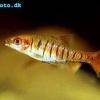 Blue-barred
Blue-barred 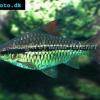 African
African 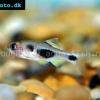 Butterfly
Butterfly 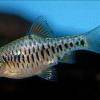 Olivegreen
Olivegreen 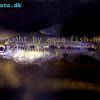 Morse
Morse 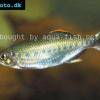 Jerdon’s
Jerdon’s 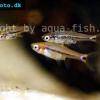 Mosquito
Mosquito 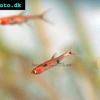 Dwarf
Dwarf 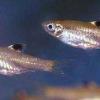 Eyespot
Eyespot 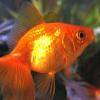 Goldfish
Goldfish 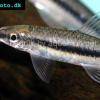 Penguin
Penguin 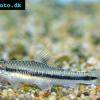 Siamese
Siamese 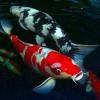 Koi
Koi 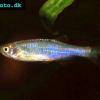 Pearl
Pearl 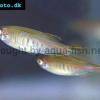 Glowlight
Glowlight 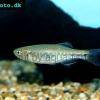 Yoma
Yoma 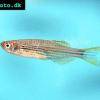 Orange
Orange 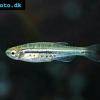 Dwarf
Dwarf 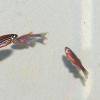 Zebra
Zebra 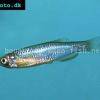 Rose
Rose 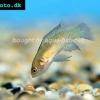 Red
Red 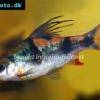 Arulius
Arulius 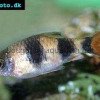 Tambraparni
Tambraparni 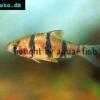 Fiveband
Fiveband 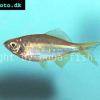 Bengal
Bengal 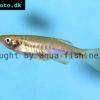 Tiger
Tiger 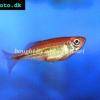 Malabar
Malabar 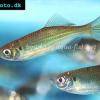 Queen
Queen 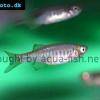 Hora
Hora 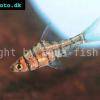 False
False 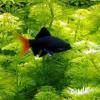 Redtail
Redtail 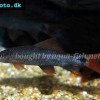 Rainbow
Rainbow 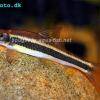 Flying
Flying 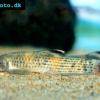 Garra
Garra 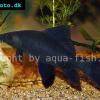 Black
Black 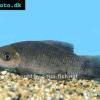 Purple
Purple 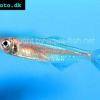 Burmese
Burmese 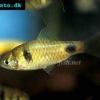 Dwarf
Dwarf 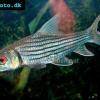 Isok
Isok 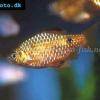 Rosy
Rosy 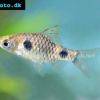 Two
Two 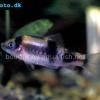 Melon
Melon 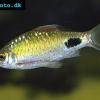 Black-spot
Black-spot 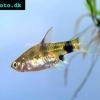 Golden
Golden 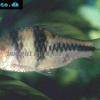 T-Barb
T-Barb 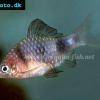 Ruby
Ruby 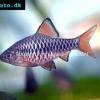 Checkered
Checkered 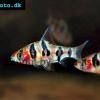 Rhomb
Rhomb 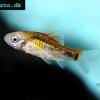 Gold
Gold 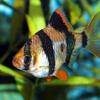 Tiger
Tiger 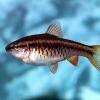 Cherry
Cherry 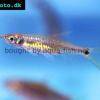 Brittan’s
Brittan’s 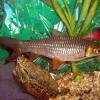 Greater
Greater 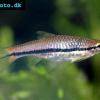 Long-band
Long-band 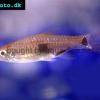 Twospot
Twospot 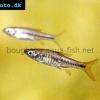 Reticulate
Reticulate 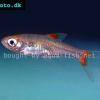 Cherry
Cherry 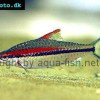 Denison
Denison 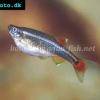 White
White 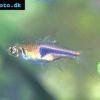 Lambchop
Lambchop 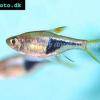 Harlequin
Harlequin